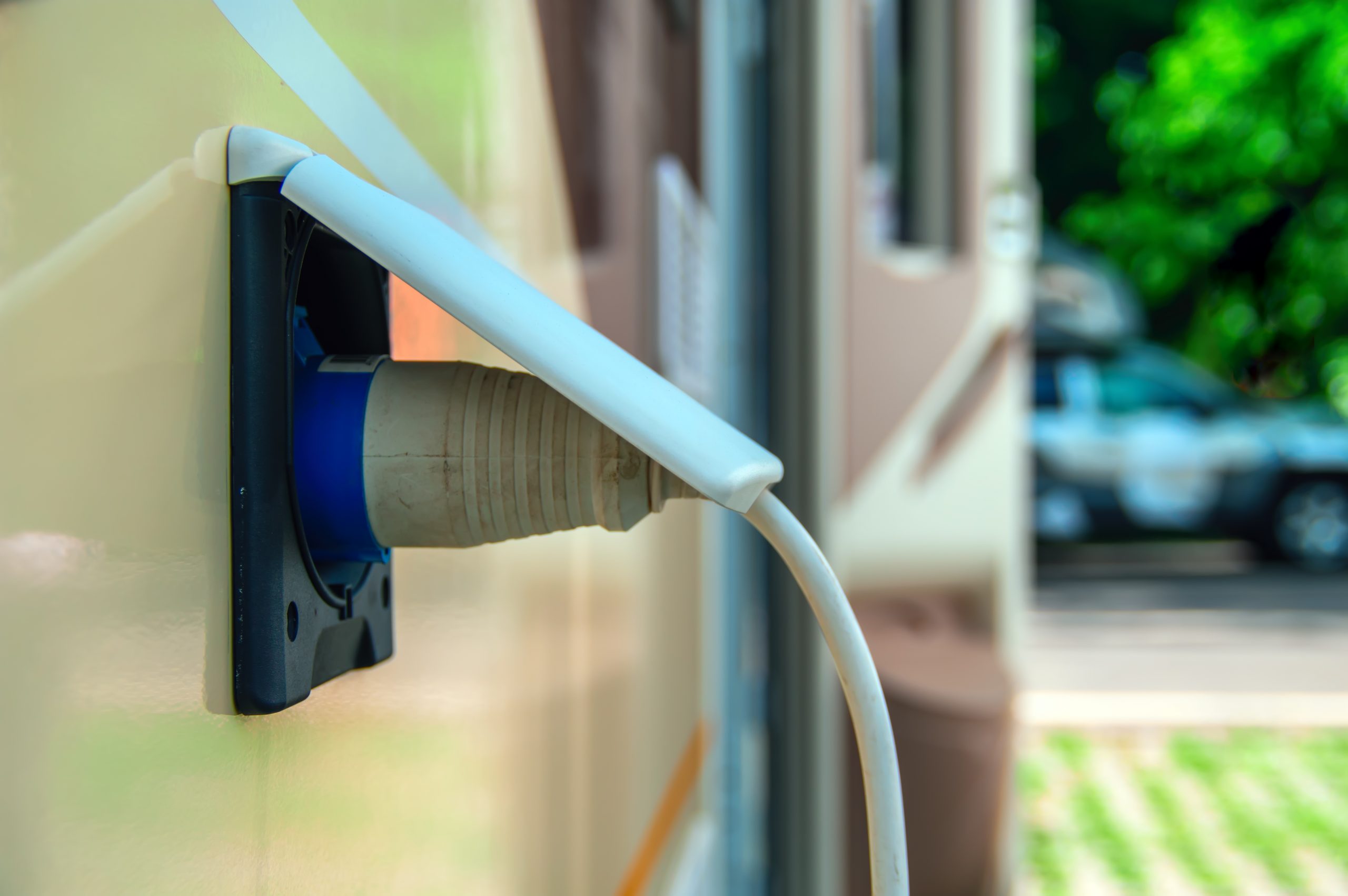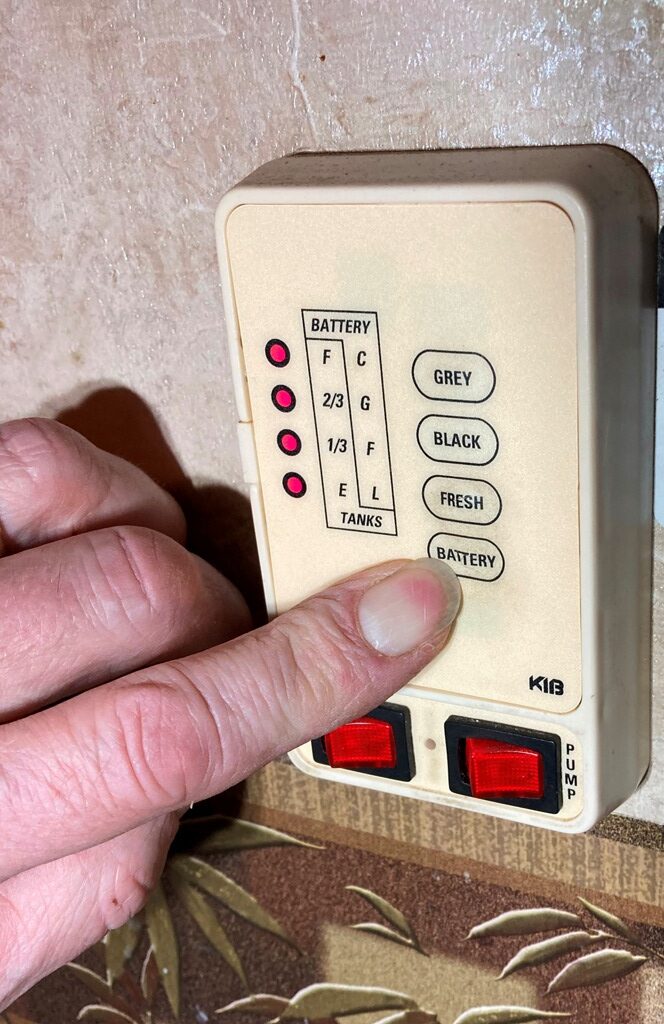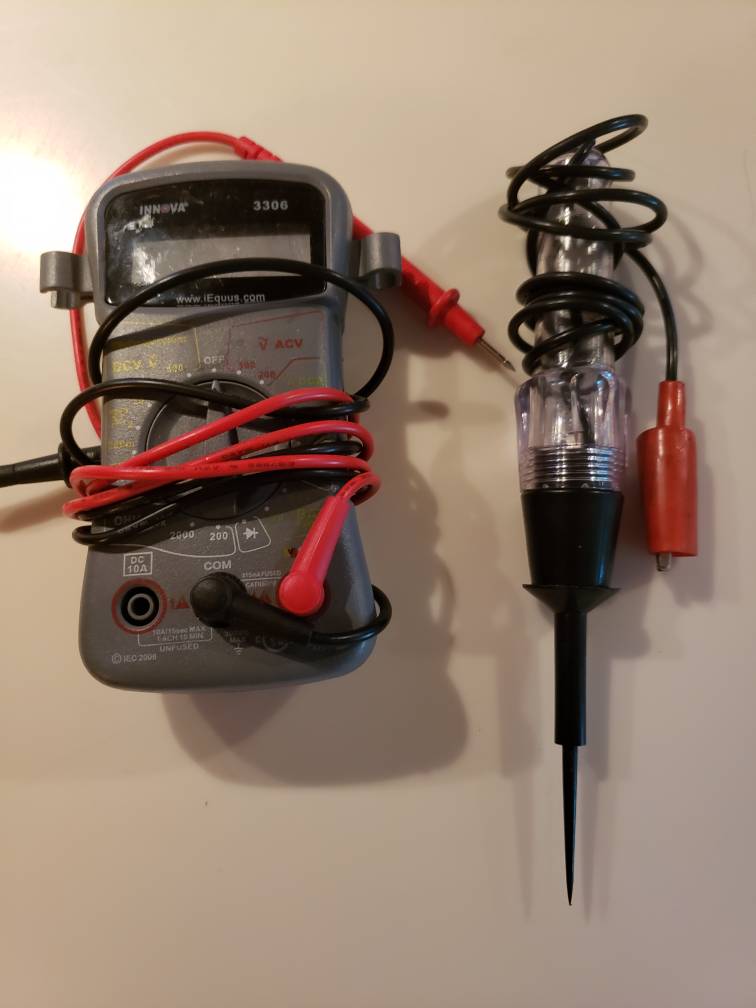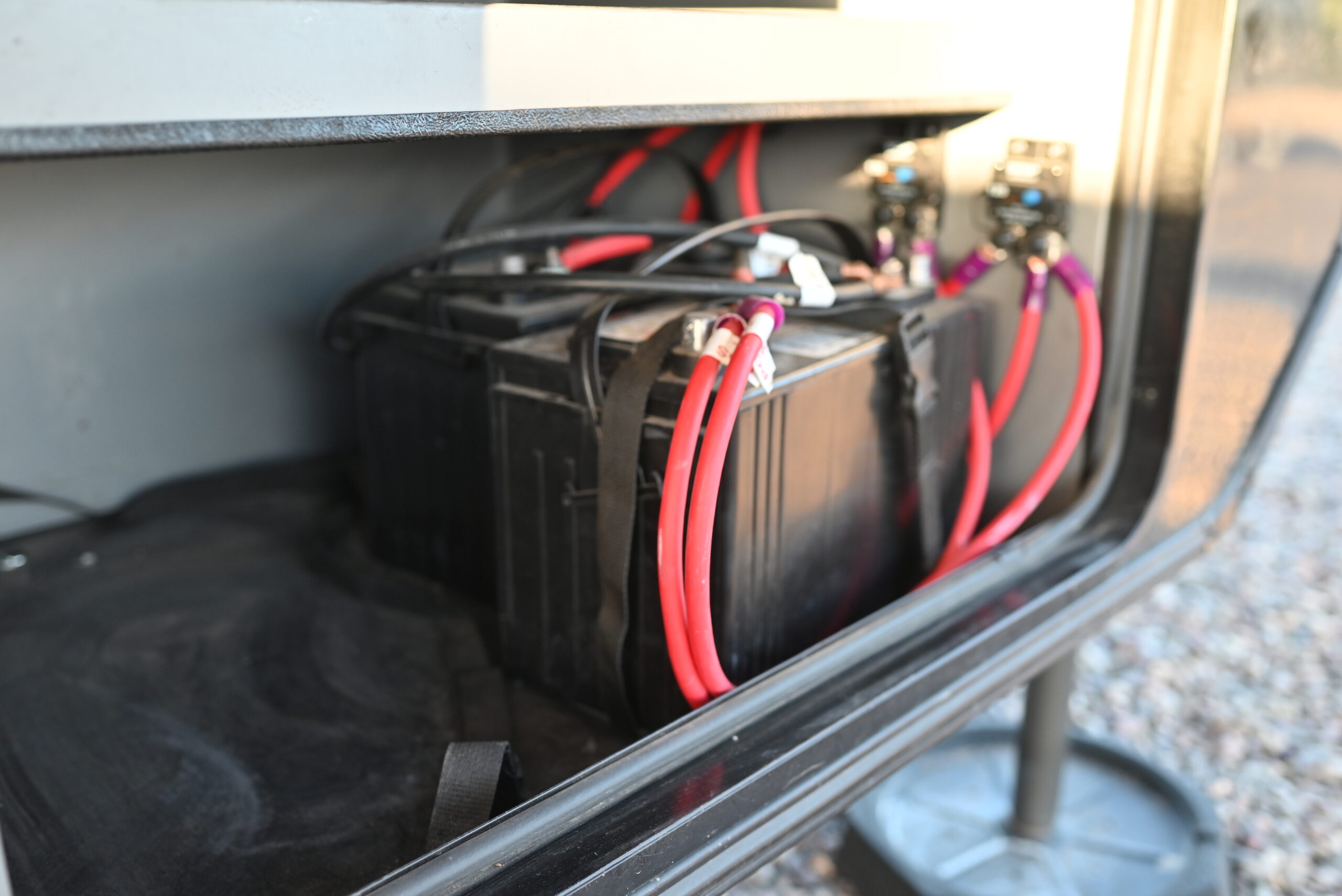
How to Fix Your Dead RV Battery
“RV battery not charging” is a phrase no RVer wants to hear.
Why is “RV battery not charging” such a worrisome phrase? The following are two of many reasons:
- Since 12 volts DC stored in the RV house battery(s) is essential for the operation of most RVs, not having a charged house battery means most of your RV will be inoperable when dry camping and may not even operate correctly when plugged in to shore power.
- Your battery(s) may no longer be able to accept and hold a charge, which means it needs to be replaced, which can be costly.
“Your batteries won’t do you much good if they aren’t charged!” says RVer Al Cabrera
Don’t despair, as a fix to get your battery(s) charging again could be as simple as changing a fuse or tightening a connection.
Charging your RV battery
Typically the house battery(s) in most stock RVs is charged via two sources.
- The charge line, which is basically a circuit delivering 12 volts from the alternator in the tow vehicle or motorhome when the engine is running.
- A converter/charger that sends 12 volts to the battery when connected to shore power or a generator. Charging voltage will actually be higher than 12 volts – typically in the neighborhood of 13.5 – 14 volts.
A quick easy way to verify the charge line is functioning is by starting the engine and seeing if the 12-volt lights in your RV increase in brightness.
Brighter lights indicate more voltage is present. If you do not see an increase in voltage, check for blown fuses or bad connections along the length of the charge line.
Proper operation of the charge circuit via your converter/charger can be verified using the same method. If you plug in to shore power and your 12-volt ceiling lights become brighter, then your converter/charger is operating.
Note: This may not verify a working charge circuit in older converters. If you do not see an increase in voltage, check the circuit breaker and verify 120 volts AC is entering the converter/charger.

In both of the above cases, you can also use the monitor panel in the RV to verify an increase in voltage. The monitor should read “C or Charging” in most cases.
Testing the battery
Do you have a volt Ohm meter? What about a 12-volt test light? If yes, the next step is to verify the increased voltage you witnessed from the lights or monitor panel is flowing to your RV battery(s). With a test light or volt Ohm meter (set to DC voltage), place one lead on the negative post of the battery. Then put the other on the positive post. Repeat the steps for testing the charge line and converter charger outlined above.
Those with a volt Ohm meter should look for a reading in the neighborhood of 13.5 – 14 volts. Those with a test light should look for increased brightness when a charging source is activated.
Touch the leads to just the actual battery post. Do not touch the wires connected to the post. Touching just the wires will not verify the charge voltage is actually reaching the battery. There might be a bad connection and/or corrosion between the wire and the post.

If the battery is still not charging
If the test light or volt Ohm meter does not demonstrate that increased charge voltage is reaching the battery, you will need to trace the wiring system. Look for a break in the circuit along the way. Start by checking for blown fuses. Search for bad connections (especially at the battery). Check the battery kill switch if so equipped. Don’t forget to check the ground circuit, too. Look especially where grounded to the chassis.
If a volt Ohm meter confirms charge voltage in the neighborhood of 13.5 – 14 volts entering the battery and the battery still won’t accept and hold a charge (a fully charged lead acid battery should read 12.6 volts), you most likely have a bad battery. Take the battery to your local auto parts store or automotive battery distributor to confirm its condition.
The problem of an RV battery not charging and failed batteries can often be attributed to inappropriate charging and sulfation. This video explains more.
Hopefully, this short layman overview on your RV battery not charging is enough to help you understand, diagnose, and repair a charging problem in your RV.



